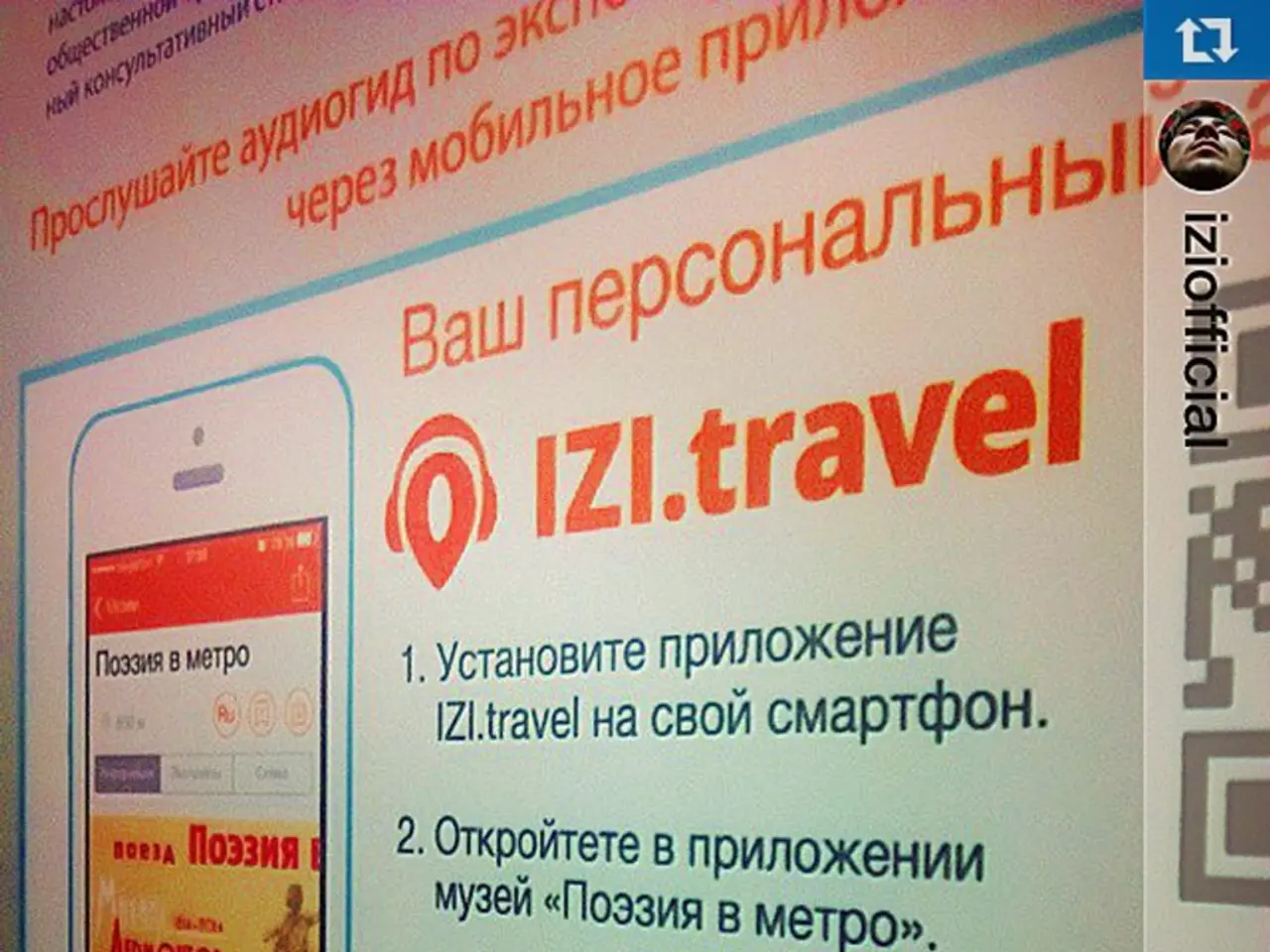Cross-border monetary conflict: the undeclared battle between Tokenized Deposits and Stablecoins
On May 20, the United States Senate advanced the Guiding and Establishing National Innovation for U.S. Stablecoins (GENIUS) Act, acknowledging that privately issued dollar tokens have expanded beyond negligence. Back in July 2024, the Monetary Authority of Singapore (MAS) extended its four-year-old Project Guardian, inviting DBS, HSBC, and Standard Chartered to issue on-chain versions of customer deposits for foreign-exchange and repo trades. Two jurisdictions, two approaches—yet the same question lingers: who will own the infrastructure of programmable money?
Delving into Stablecoins and Tokenized Deposits
Traditional deposits and fiat-backed stablecoins share promises of 24/7 settlement, atomic delivery-versus-payment, and smart-contract programmability. However, their design philosophies differ. Tokenized deposits encase an existing commercial-bank liability within a cryptographic shell, inheriting deposit insurance, Basel capital, and lender-of-last-resort support. In contrast, stablecoins are obligations of a non-bank issuer, circulating on public chains and secured by segregated reserves—usually short-dated Treasuries. Regulators favor the former for its guardrails, while markets have favored the latter for its unrestricted liquidity.
The Players
This tension is evident in hard numbers. J.P. Morgan's Kinexys (formerly JPM Coin) crossed $1.5 trillion in cumulative value this spring, having settled a tokenized Treasury ETF against a deposit token on a public test-net. Citibank's Regulated Liability Network allows treasurers to sweep cash across borders without SWIFT hops. Meanwhile, Tether's USDT surged past $150 billion in market cap, Circle launched a nine-chain Circle Payments Network, and PayPal's PYUSD landed a Coinbase listing. Stablecoin rails are now too liquid for treasurers to dismiss.
Regulation is reshaping the landscape. The GENIUS Act would force issuers to hold segregated Treasuries and operate bankruptcy-remote trusts—a half-step towards the banking tent without deposit insurance. Europe's MiCA caps daily turnover unless a coin issuer becomes an e-money institution, while MAS envisions a three-pillar world: retail CBDC, regulated stablecoins, and tokenized deposits. The Bank for International Settlements convened seven central banks and 41 financial institutions for Project Agora, aiming to integrate tokenized deposits and wholesale CBDC on a unified ledger.
Economics is as crucial as rules. Stablecoin issuers pocket the spread between T-bill yields and the zero interest they pay holders—Tether booked more than $5 billion in profit during the first half of 2024. Banks monetize deposit tokens by selling compliance certainty and embedding programmable workflows that off-the-shelf stablecoins lack. Corporate treasurers are already splitting their stakes: deposit tokens for intra-bank liquidity; stablecoins for Saturday-night invoices in Buenos Aires.
In the Real World
Practical proofs of concept are multiplying. Under Project Guardian, MAS is experimenting with smart contracts that bind both legs of an SGD-USD swap for instantaneous settlement and diminished counter-party risk. Kinexys now supports conditional logic, releasing payment only when IoT sensors confirm delivery. Circle's new network lets a multinational pay suppliers on Solana, collect receipts on Stellar, and sweep surplus to a regulated custodian in New York. Trade-finance platforms are testing tokenized deposits as real-time collateral for letters-of-credit while fintech remitters in Nigeria already settle payroll flows in USDC, as correspondent wires often arrive days late or get de-risked.
Technology cannot outsprint risk. Tokenized deposits risk fragmentation if every bank launches on a different private chain with bespoke standards. Stablecoins still face run dynamics: USDC briefly de-pegged during the 2023 Silicon Valley Bank panic, and the SEC hints large coins might be unregistered money-market funds. Both camps must address capital questions: if Basel weights tokenized liabilities more heavily, issuance could stall; if Treasury yields fall, the stablecoin profit machine shrinks.
Tomorrow's Battlefield
The Bank for International Settlements anticipates limited-scale Agora pilots by early 2026, with J.P. Morgan planning to open Kinexys to third-party banks later this year. Circle is lobbying U.S. regulators to let federally chartered banks hold USDC as cash equivalents. The battle is now about reach: can banks persuade treasurers that compliant tokens will be just as liquid as public-chain dollars before stablecoins penetrate deeper into corporate workflows?
The stakes are enormous. McKinsey puts annual cross-border friction at $120 billion. Trim even a third, and the savings rival the revenue of a top-ten global bank. With both sides investing heavily in standards bodies, custody integrations, and developer toolkits, the quiet war for the money pipes has already begun. Despite the technological revolution, the consequences will seep unseen into corporate balance-sheets.
- The Asia Pacific and Southeast Asia regions are seeing a significant shift in the business landscape, with the finance industry embracing technology in the form of data and cloud computing, particularly in the areas of banking-and-insurance and stablecoins.
- J.P. Morgan's Kinexys and Citibank's Regulated Liability Network are examples of businesses in the industry experimenting with tokenized deposits in the Asia Pacific region, aiming to provide more efficient cross-border transactions.
- Meanwhile, stablecoin giants such as Tether and Circle are making their mark in the global finance industry, with Tether's USDT surpassing $150 billion in market cap and Circle launching a multi-chain Circle Payments Network.
- Regulatory bodies such as the Monetary Authority of Singapore (MAS) and the Bank for International Settlements (BIS) are also playing a crucial role in shaping the future of stablecoins and tokenized deposits, with initiatives like Project Agora aiming to integrate these technologies on a unified ledger.








